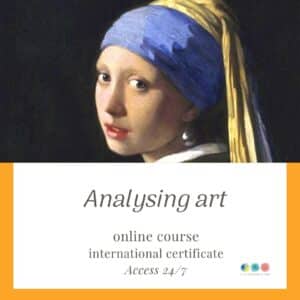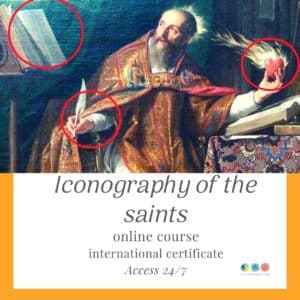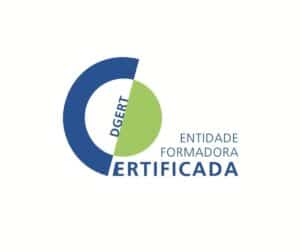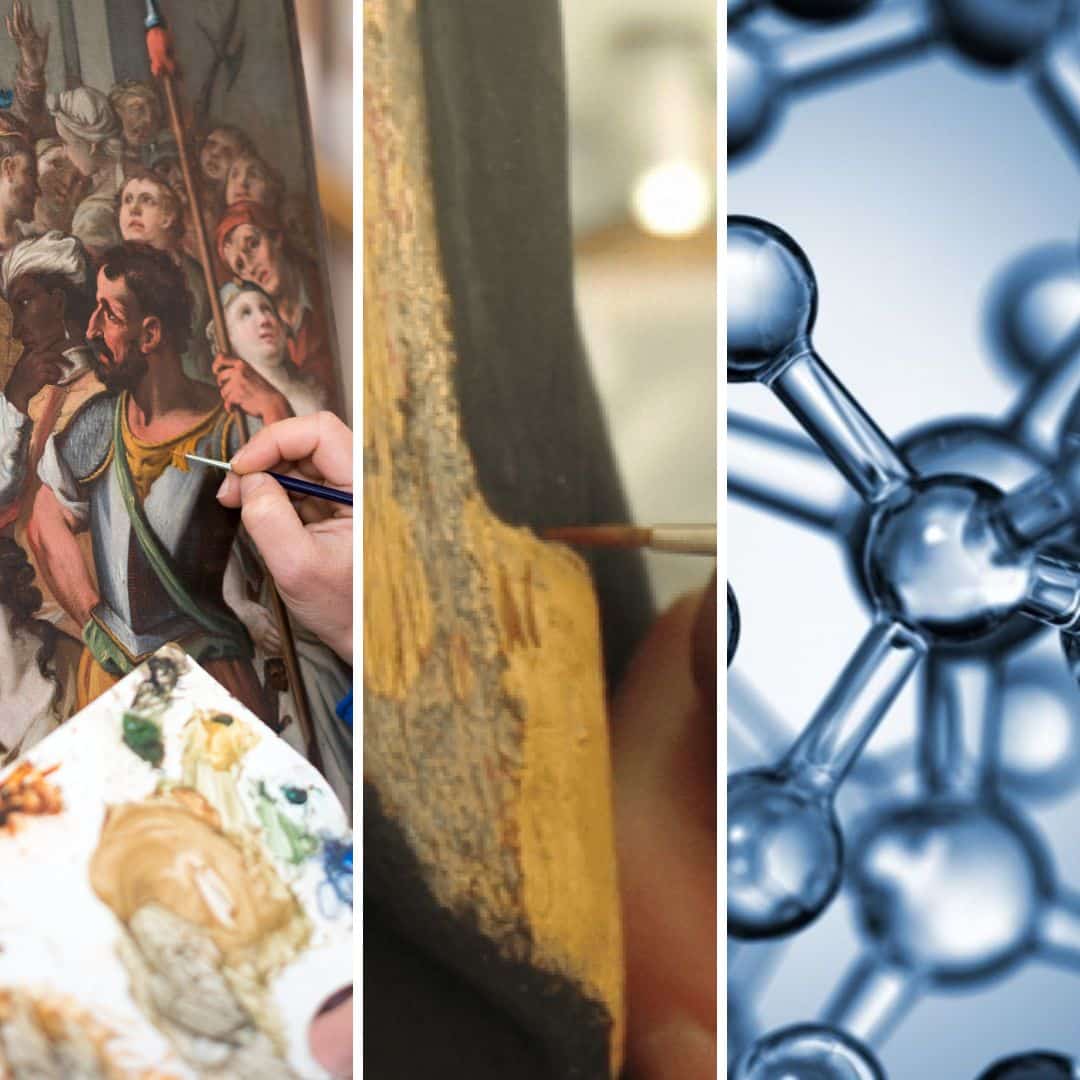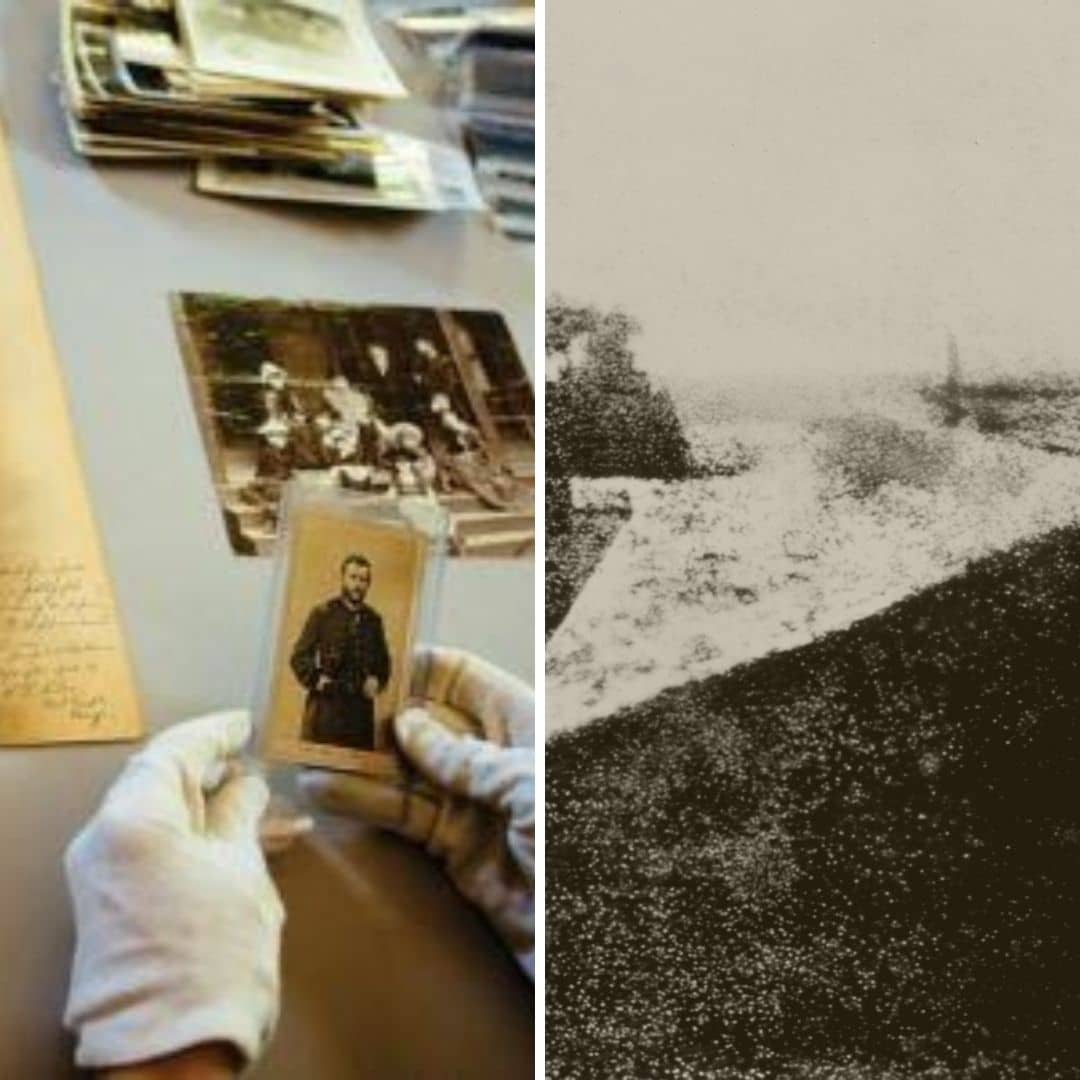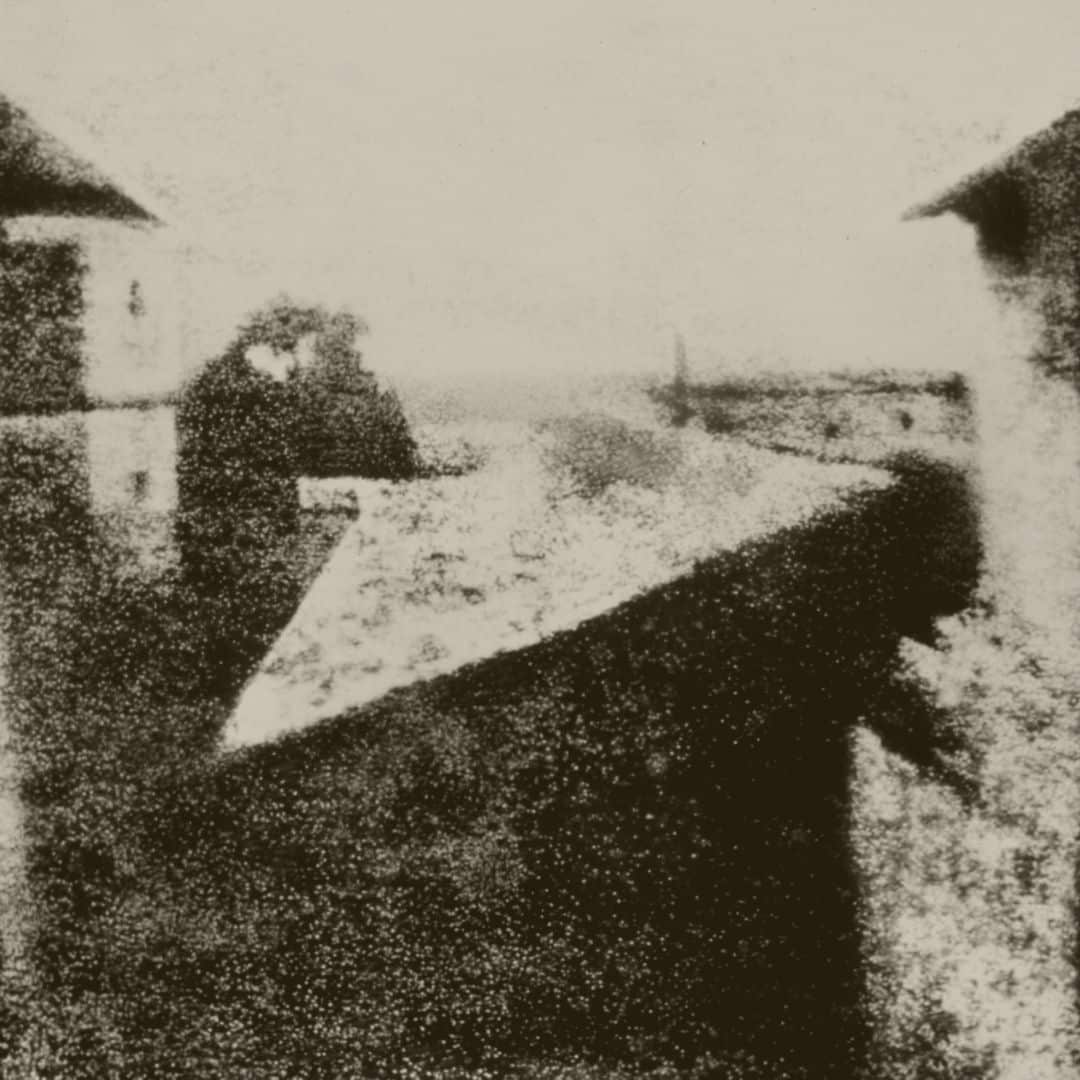With this package of 2 certified online courses you’ll learn how to analyze art in its various aspects – formal and symbolic – and how to decipher and interpret the messages and meanings contained in works of art.
The 2 courses package includes the online courses: Analysing art and Iconography
Language: English
Also available in Español.
Why are these 2 types of analysis important in art ?
Formal analysis of works of art and symbolic analysis in art complement each other.
Formal and interpretive analysis in art
Formal analysis in art allows you to identify the structuring elements of a work of art.
Its composition, elements present, production techniques.
It also allows us to interpret its meaning, characters, framing in aesthetic currents and artistic movements.
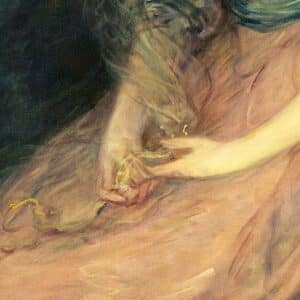
In this detail of a painting by Thomas Gainsborough the brushstrokes and colors are closely related to the period and artistic current and reflect the nostalgia of the portrayed. Mrs. Sheridan.
Symbolic analysis in art and iconography
The symbolic analysis in art allows us to decode the symbols and representations that allow us to identify the characters or scenes represented.
The symbolic analysis is particularly important in relation to works of art produced within the framework of Western Christian art.
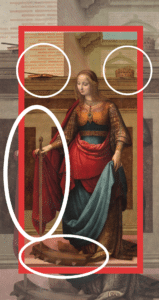
In this representation we can identify St. Catherine of Alexandria through her iconographic attributes.
The book, the palm, the toothed wheel symbolizing her martyrdom.
If we don’t know these attributes and how to decode them through symbolic analysis in art we would hardly know what the artist intended to represent.
The online course bundle fee includes access 24 hours / day for unlimited time to:
- Lessons for each theme of the programs
- Downloadable e-books
- Links to articles, videos and websites
- Analysis of practical examples
- Assessment (1 final questionnaire per course)
- Certificate (1 certificate per course).
General objectives of Symbolic analysis and formal analysis in art
How it works
Iconography and symbolic analysis in art
PART 1 – First Notions
1. First notions: Icon, Iconography and Iconology
2. The evolution and definition of the Iconography as an area of study
3. The Panofsky method
PART 2 – Christian Iconography
1 – Art and Christianity – the image as a vehicle for a message
2 – Graphic and written sources
3 – The first symbols of Christianity
PART 3 – Iconography of the Saints
1. Saints and martyrs: General aspects
2. Clerical vestments
3. Most veneered Saints: symbols and attributes
The course fee includes 24-hour access for an unlimited time to:
Lessons.
Tutorial videos.
Support texts and downloadable Ebooks:
3 Support manuals
Ebook Symbols of Proto Christianity
Representations of Saints Ebook
Glossaries:
glossary of clergy robes
glossary of saints’ attributes
Links databases, consultation and development of themes.
Practical exercises.
Bibliography and webgraphy.
Evaluation (1 final questionnaire)
Certificate
Art Analysis
1. Analysing Art
a) Reading / Interpreting
b) Writing about Art: concepts of visual rhetoric and visual literacy
2. Painting
Elements of formal analysis
1. Identification;
2. Technical data;
3. Thematic;
4. Function;
5. Structure (basic and essential considerations);
6. Composition
- Contents: iconography and symbolism
- Thematic categories in painting
- Practical analysis of a painting (Mrs. Richard Brinsley Sheridan, by Thomas Gainsborough)
3. Sculpture
Elements of formal analysis
1. Identification;
2. Technical and structural data;
3. Thematic;
4. Function;
5. Composition.
- Types of sculpture
- Practical analysis of a sculpture (Funerary lion (unknown author; c. 350 BC).
4. Architecture
1. Identification;
2. Construction function or purpose;
3. Structure;
4. Relationship between function and structure;
5. Relationship between the history and geography of the construction site and architectural forms.
- Practical analysis of an architectural work (Central Tejo, Lisbon)

